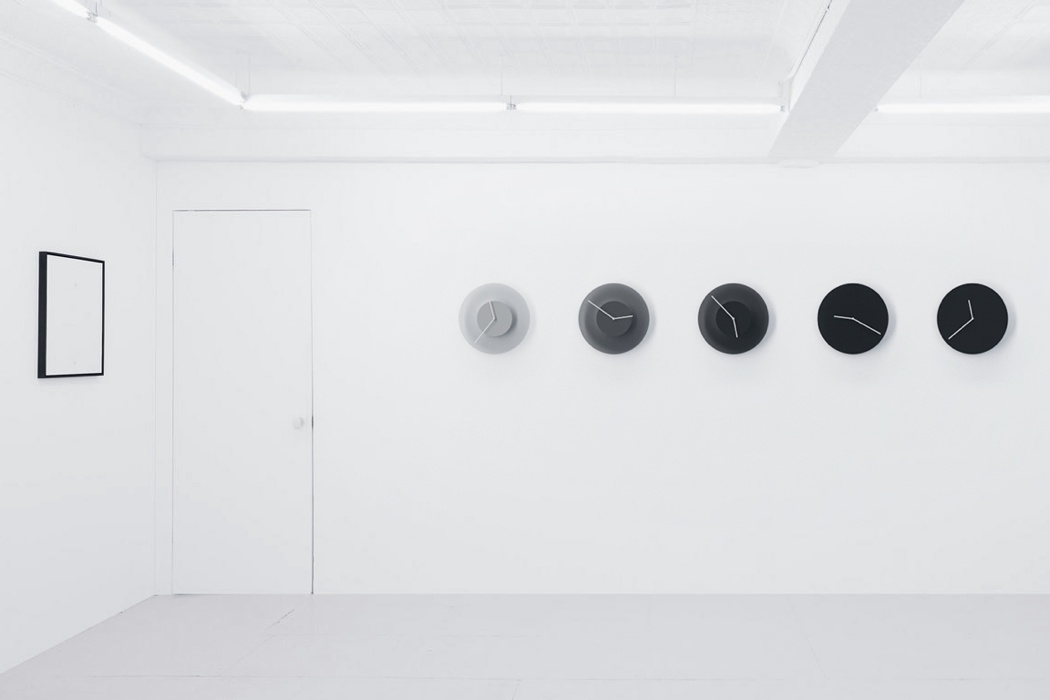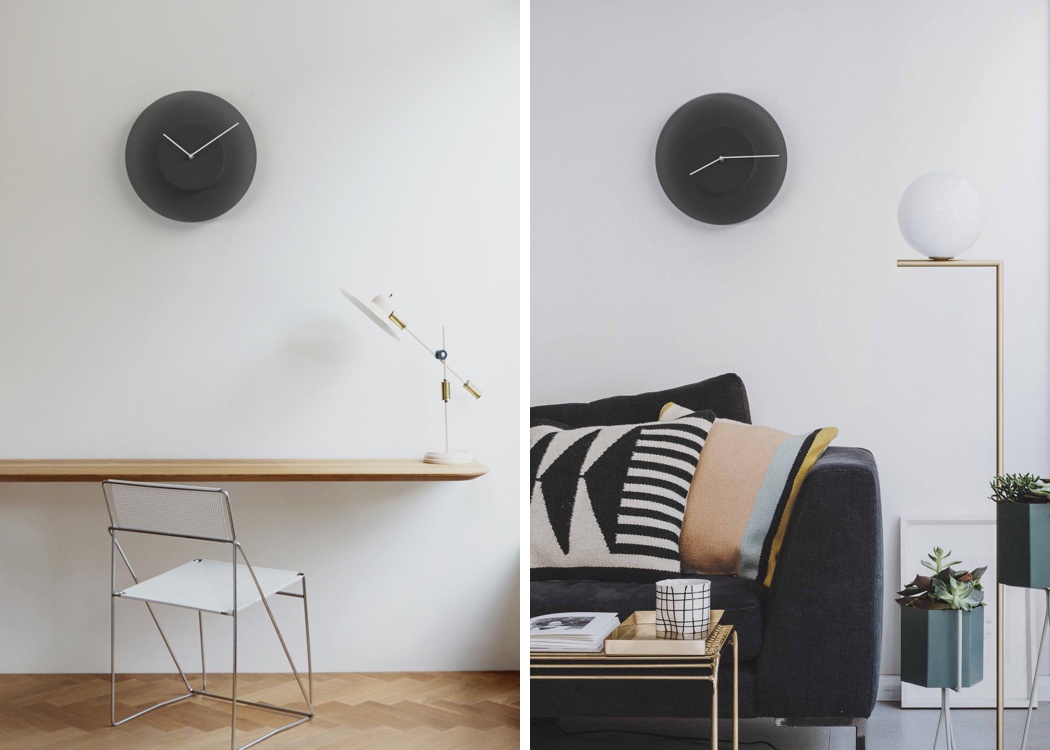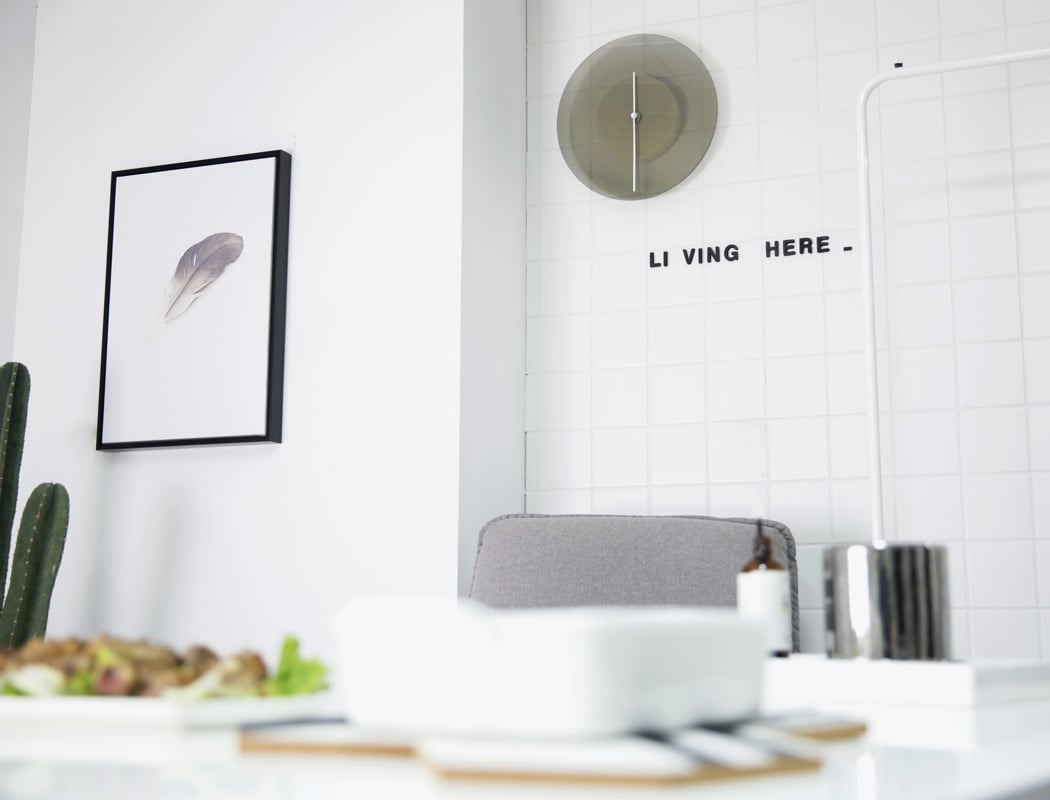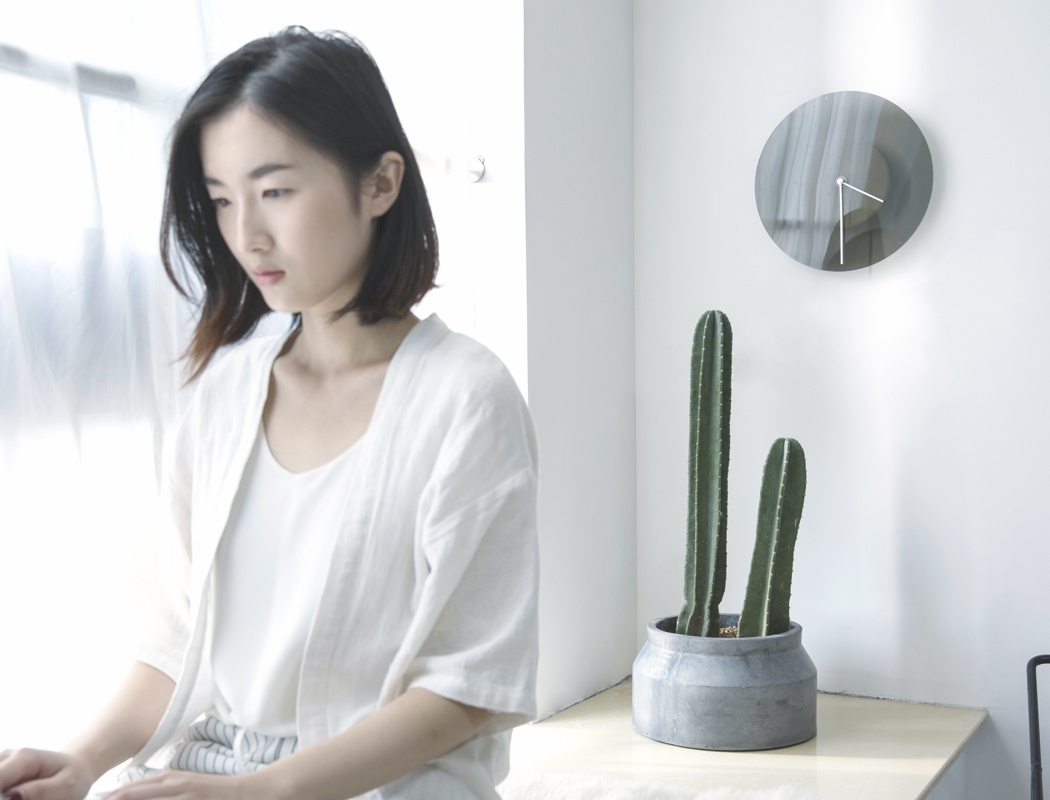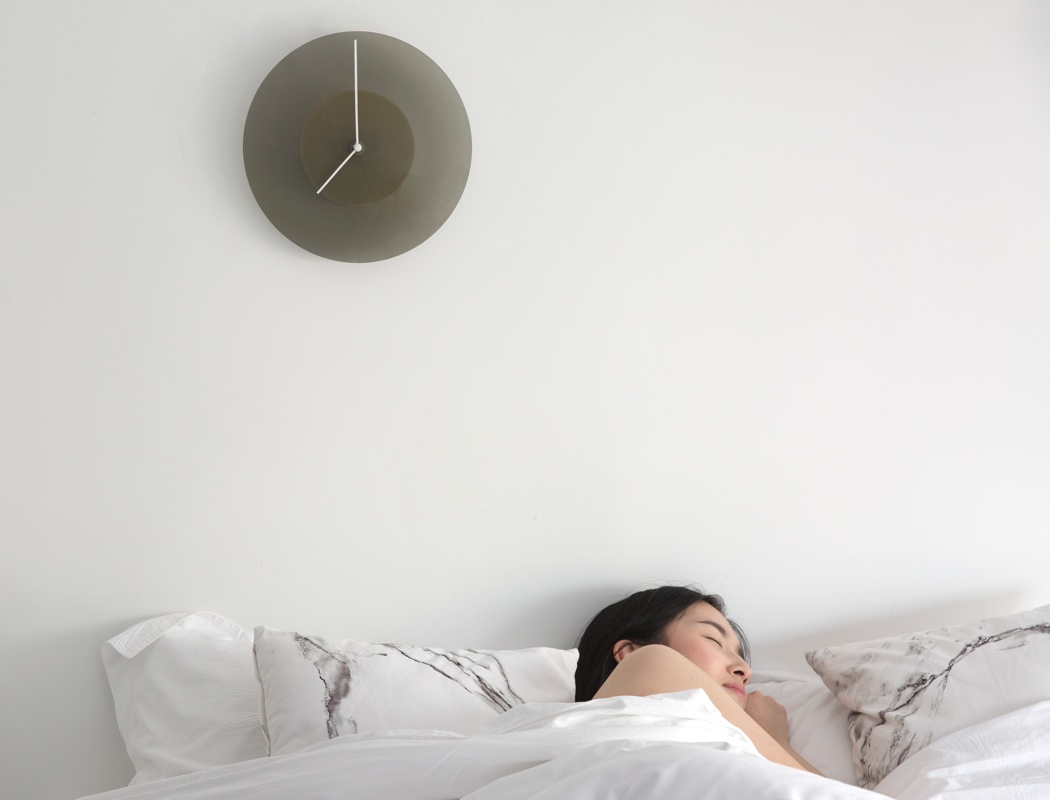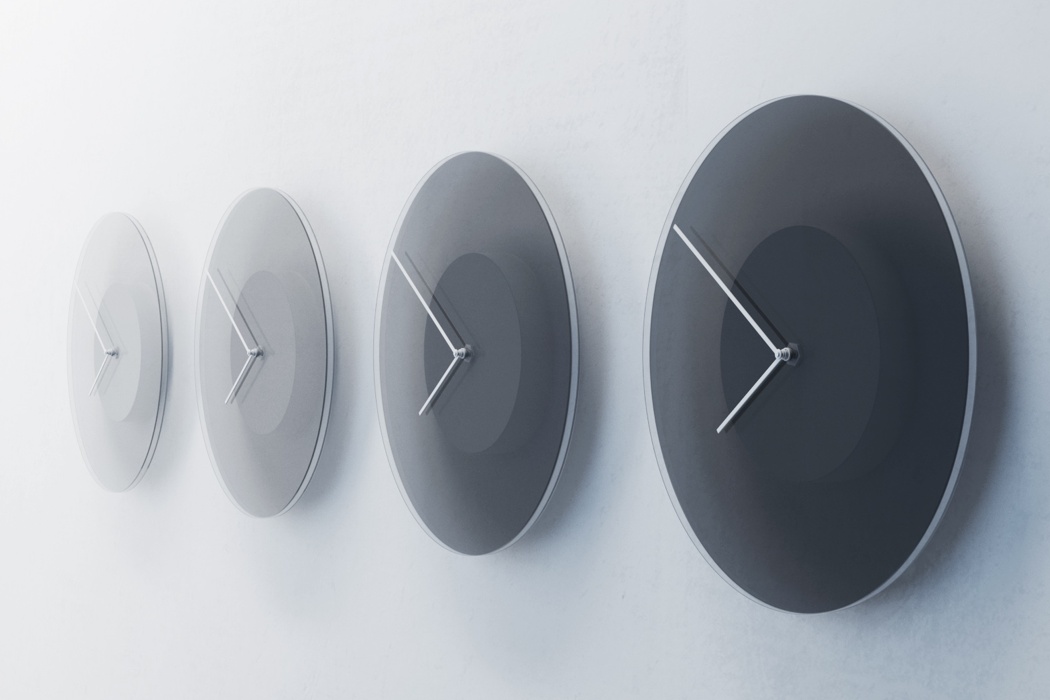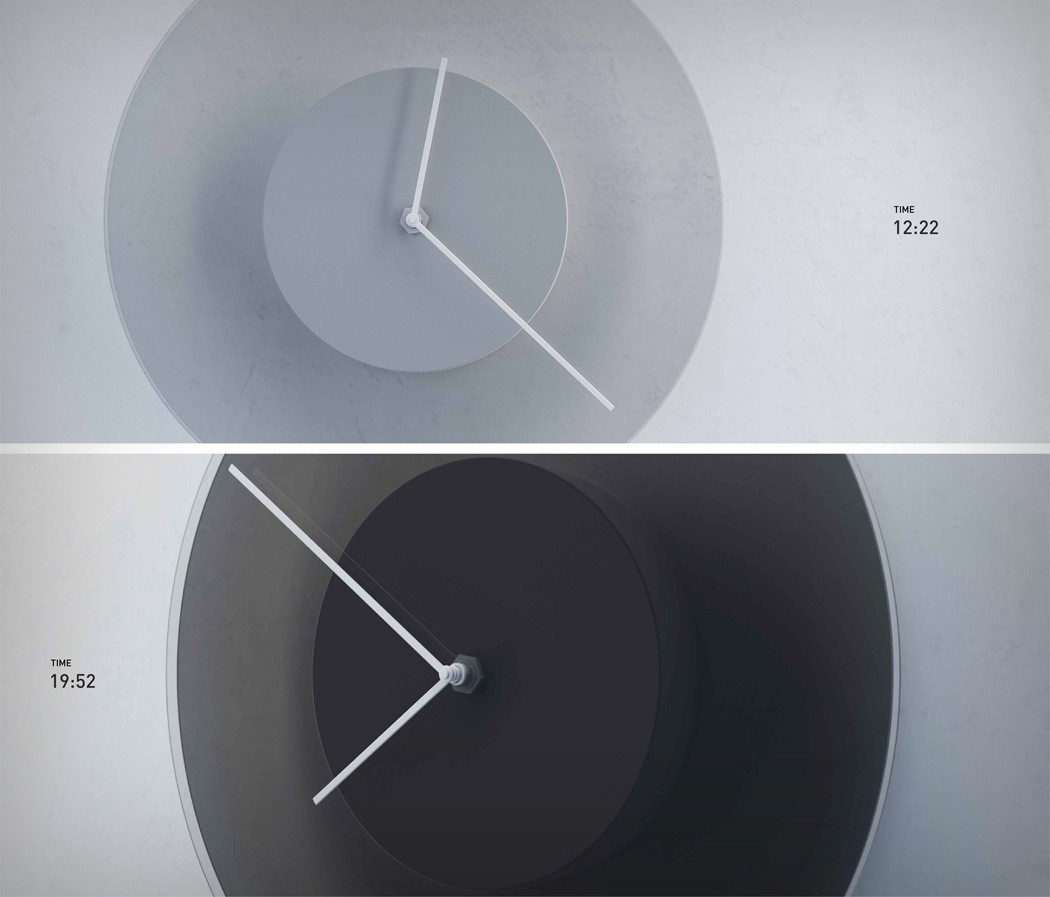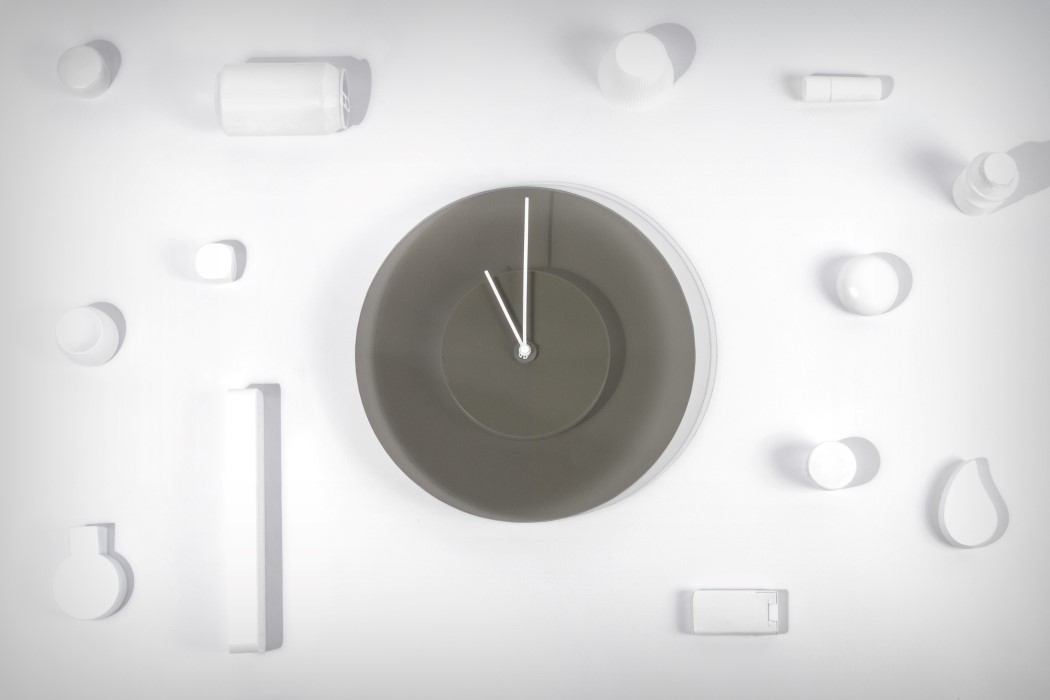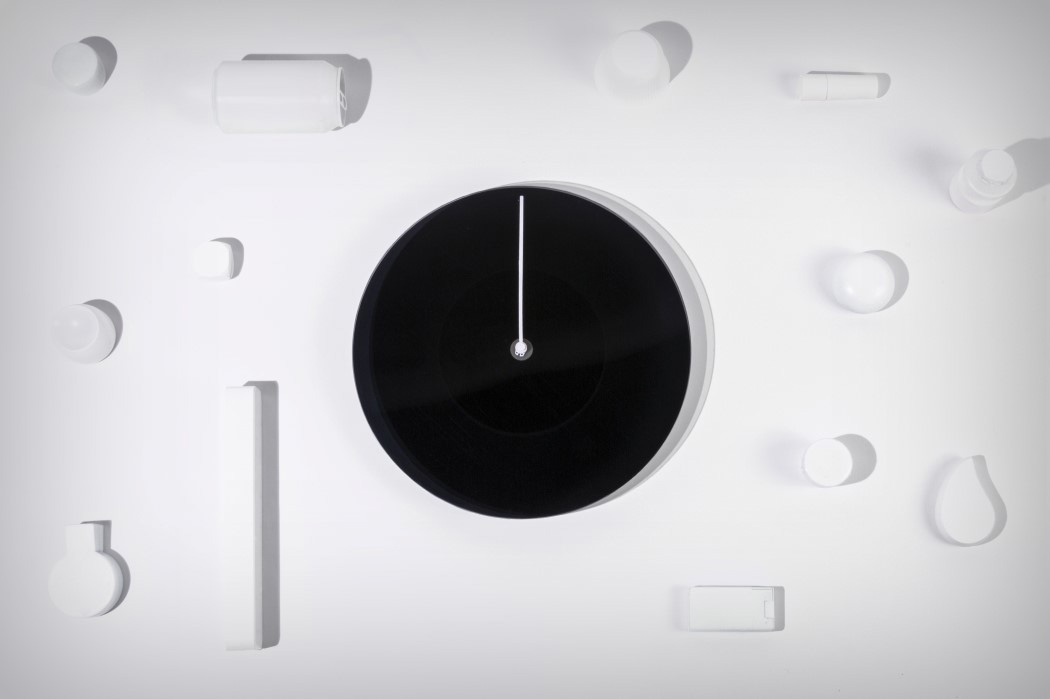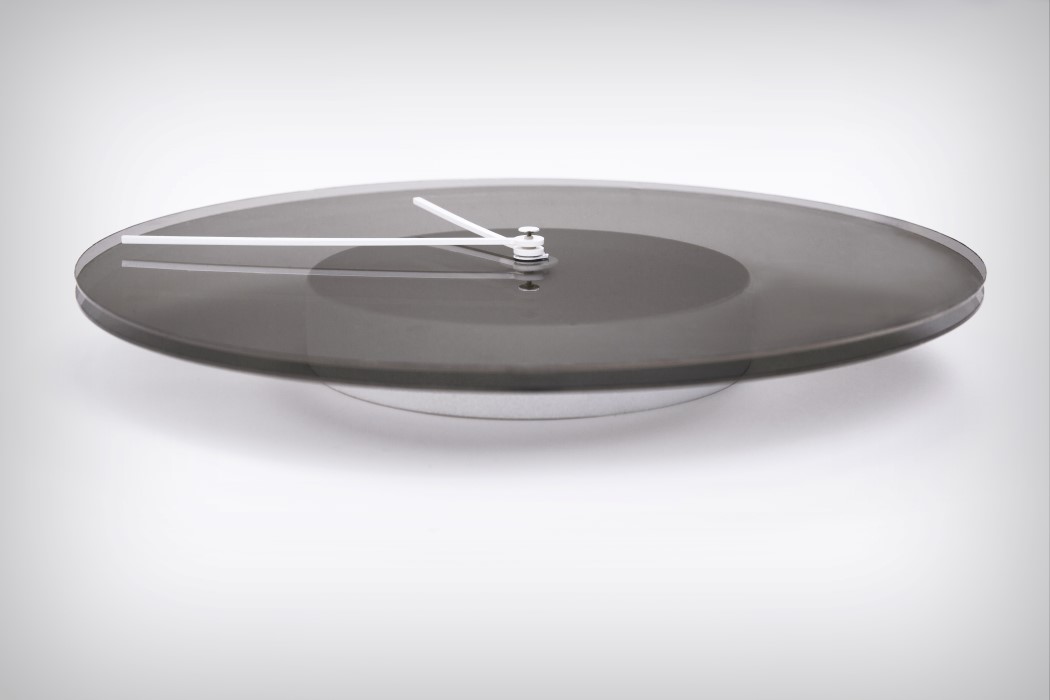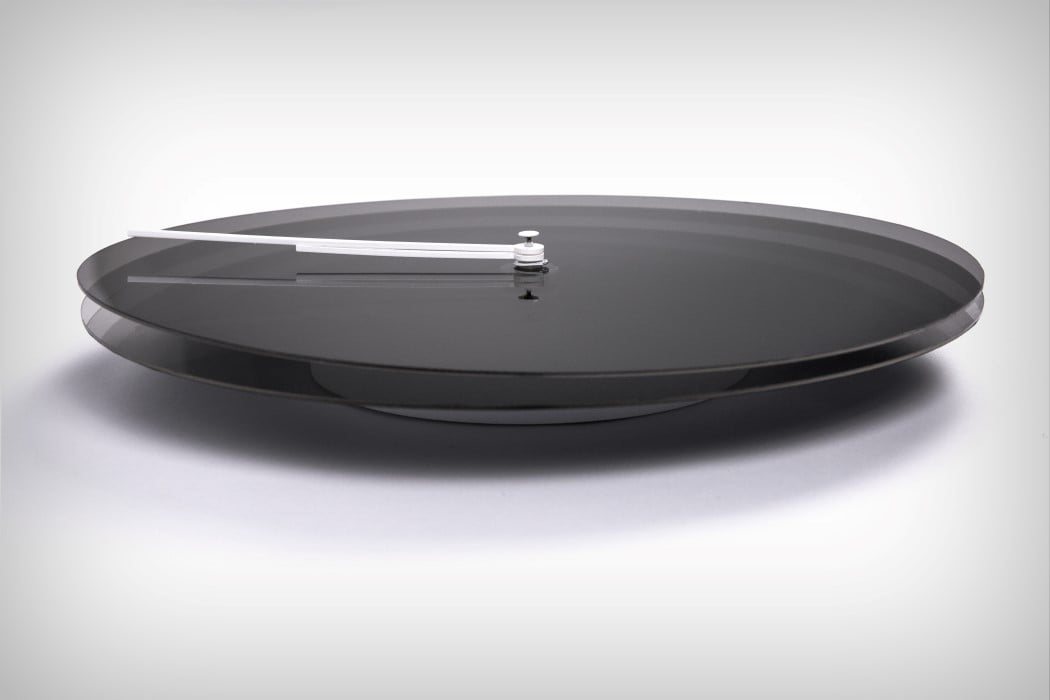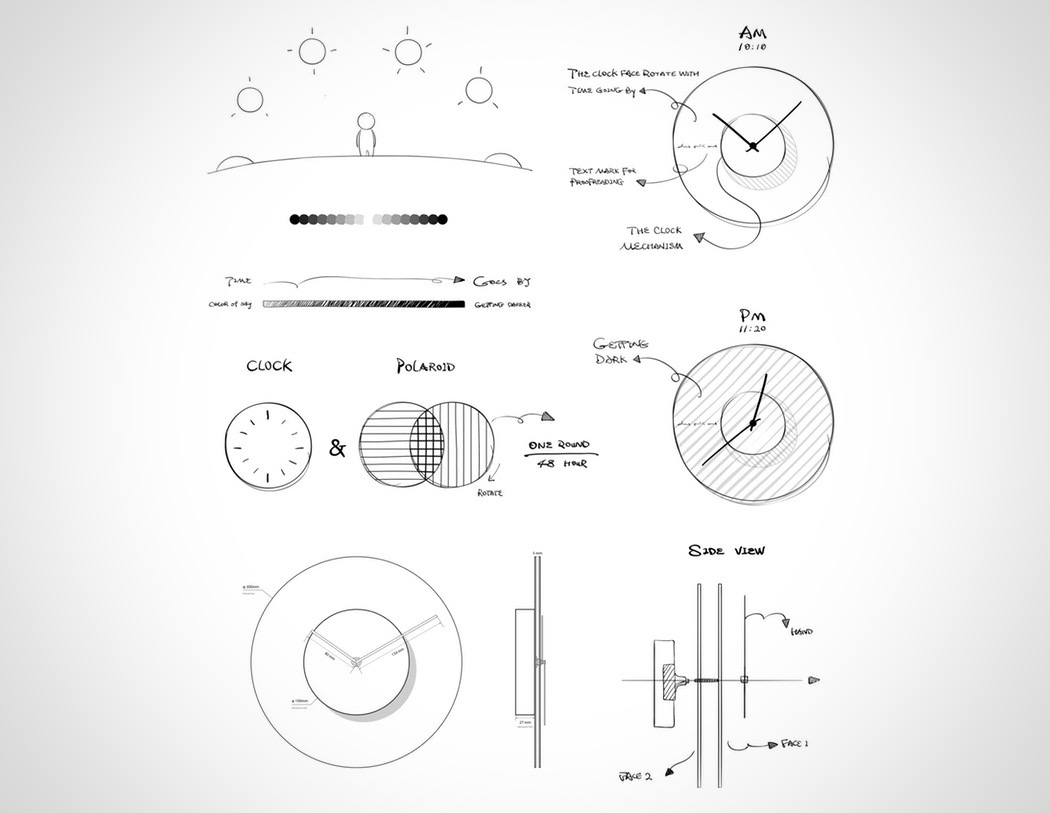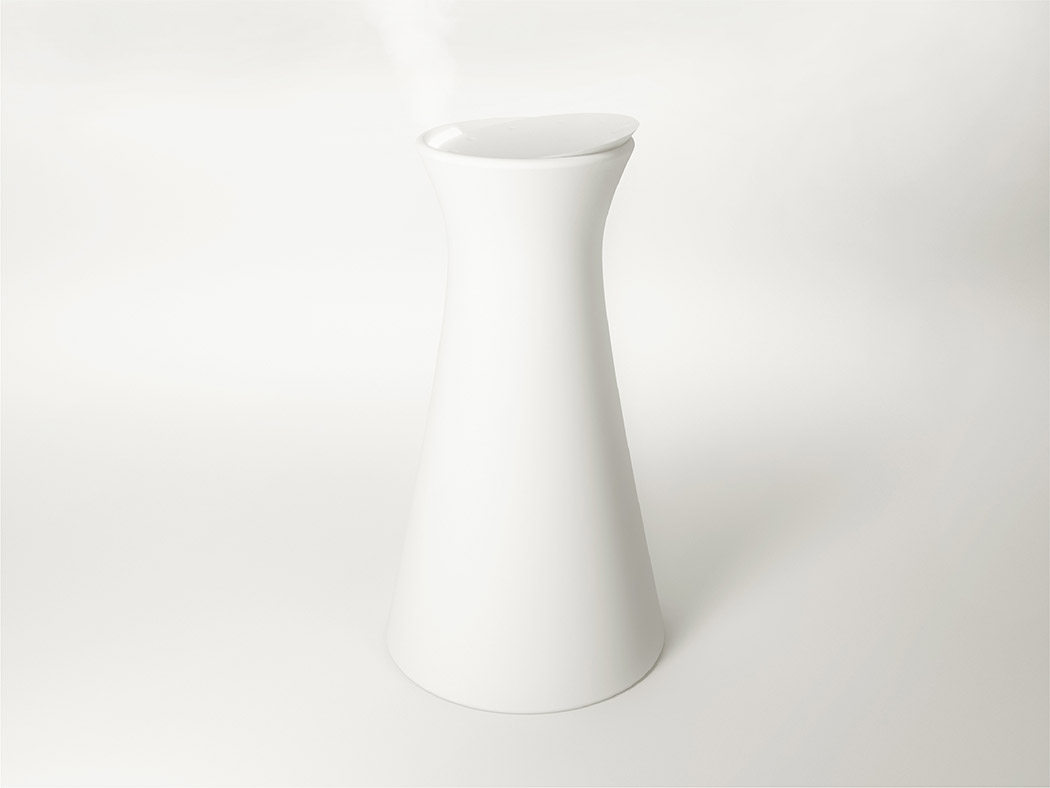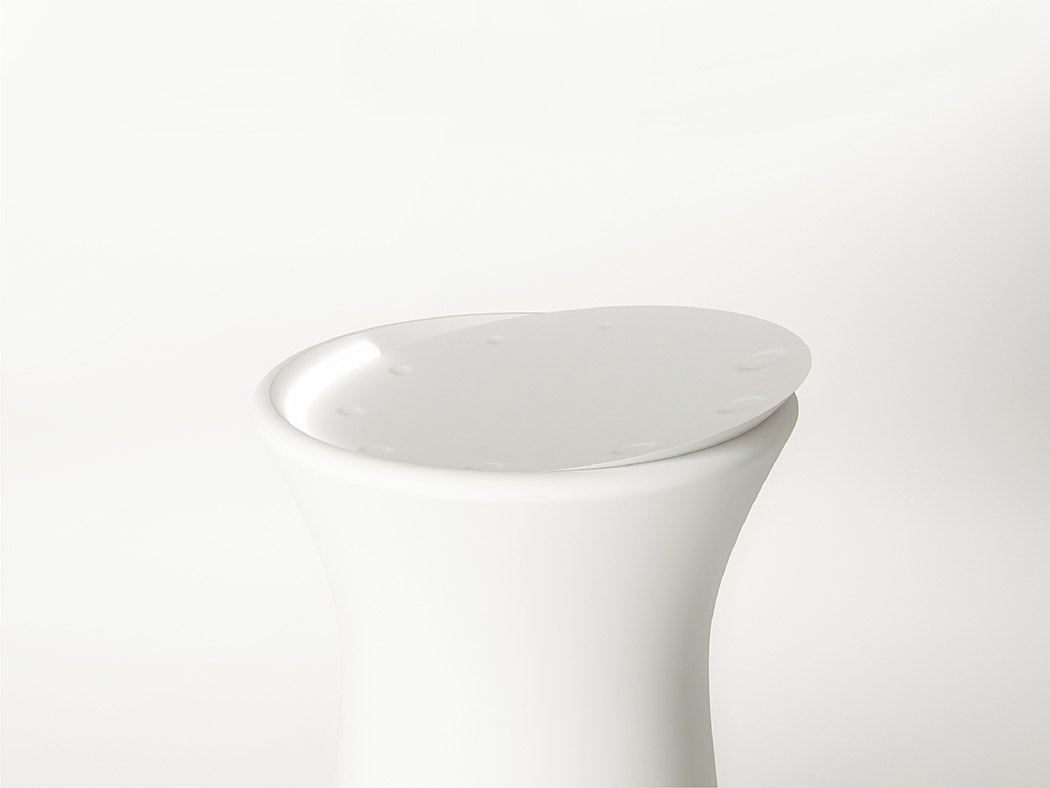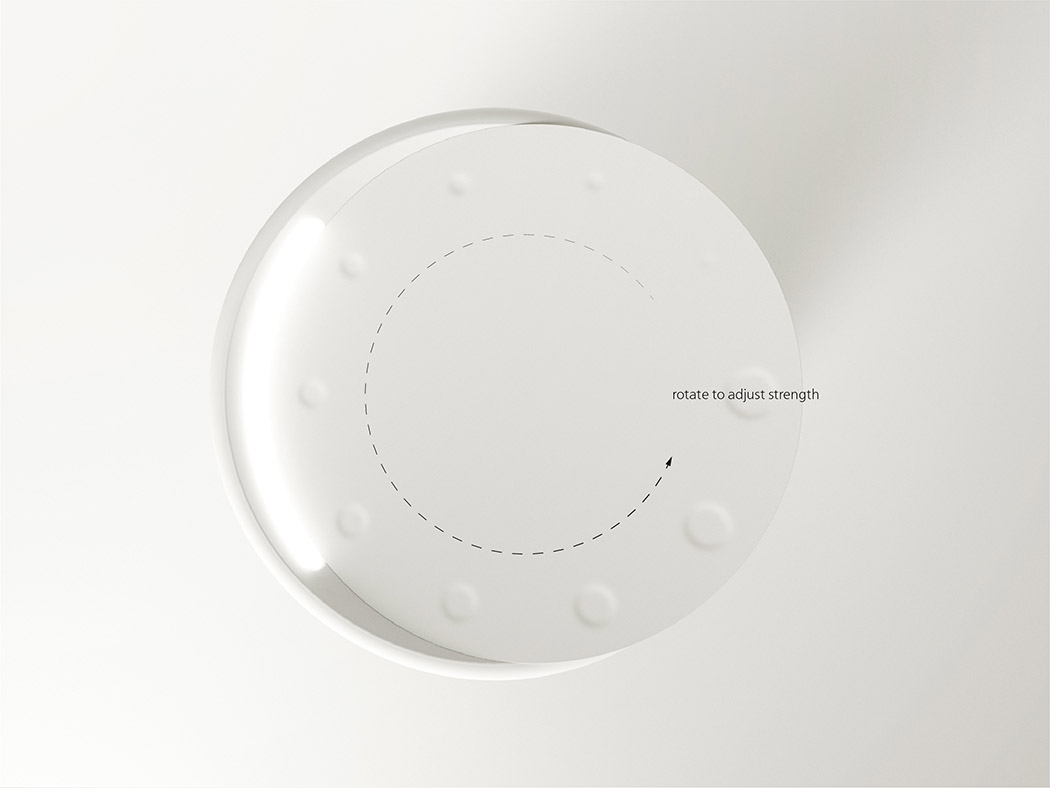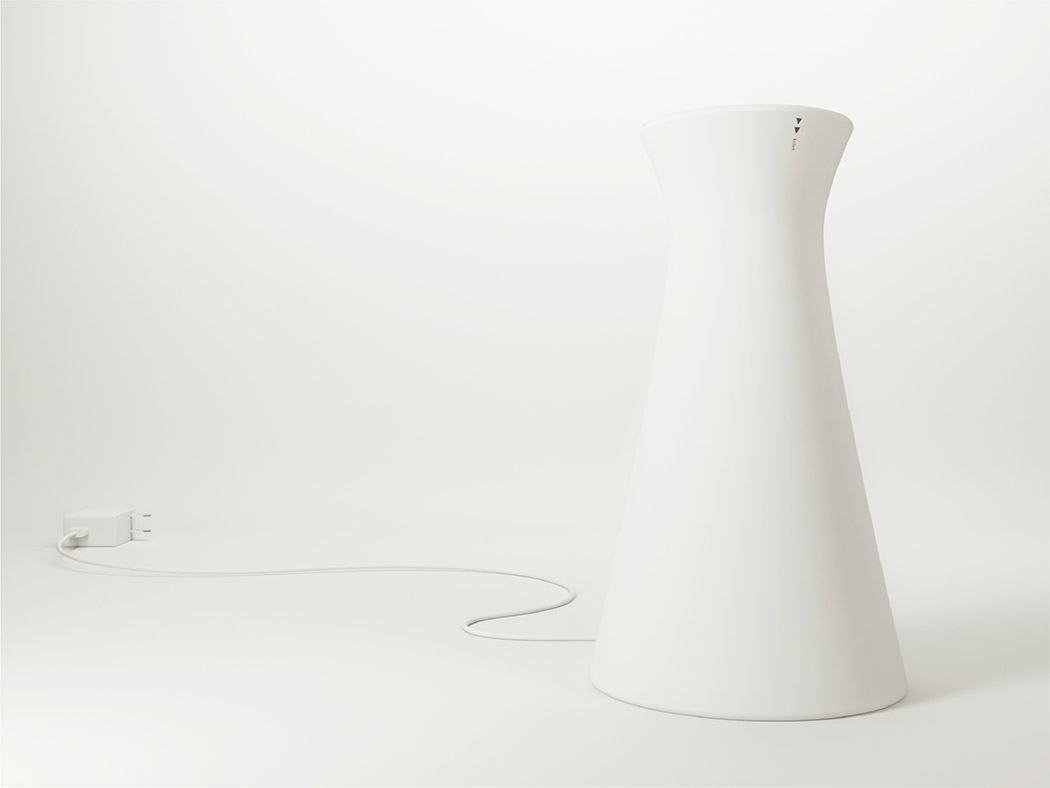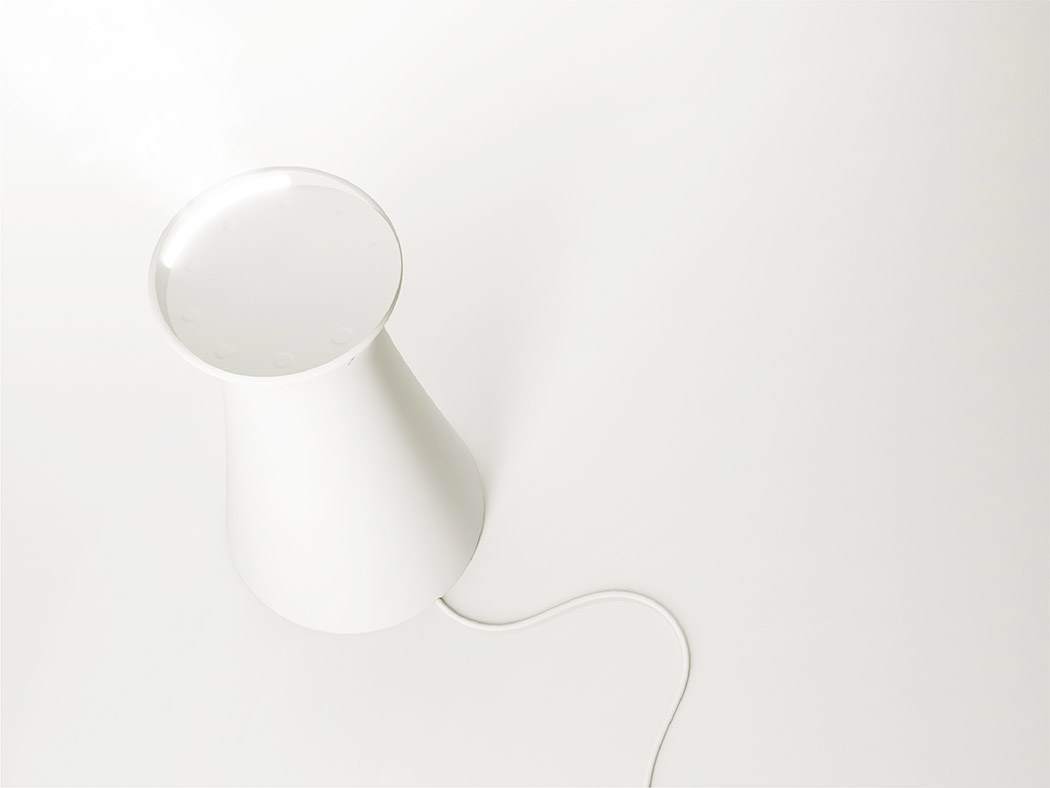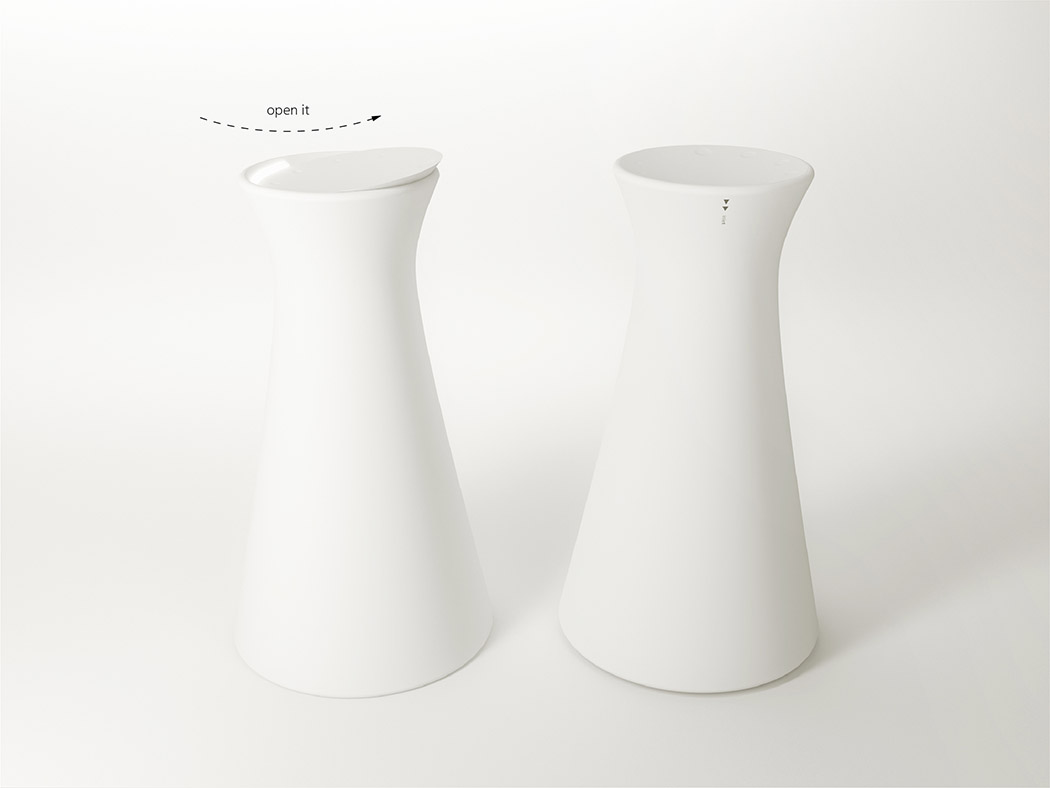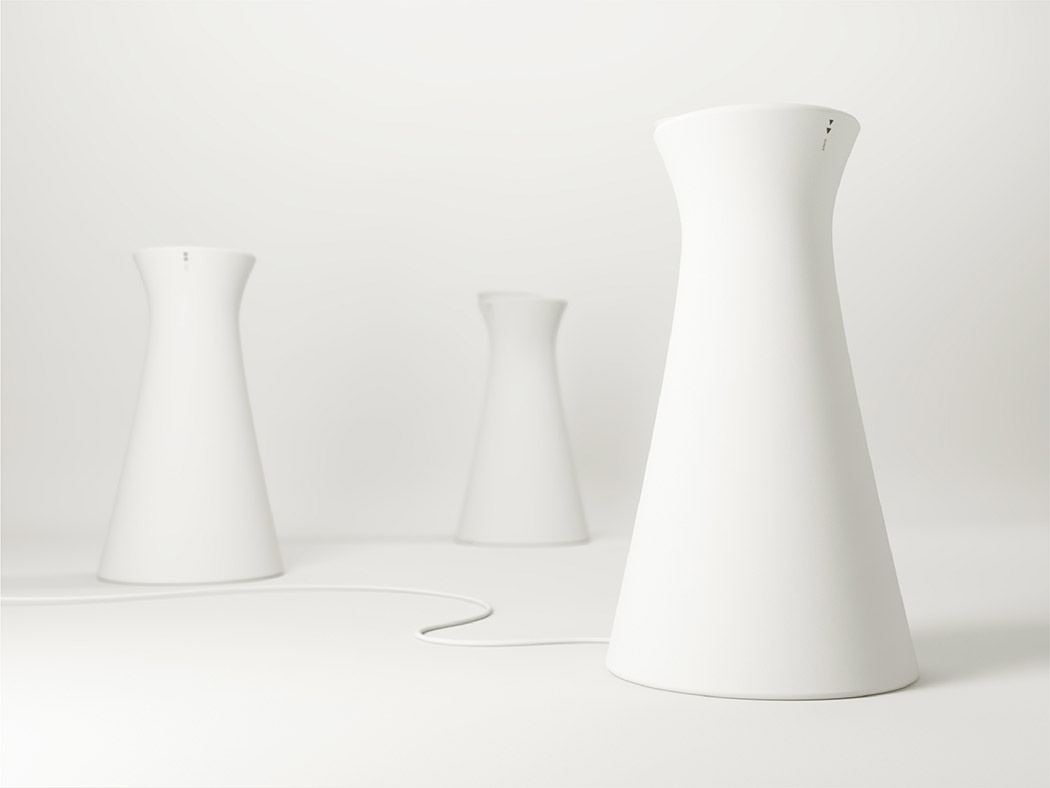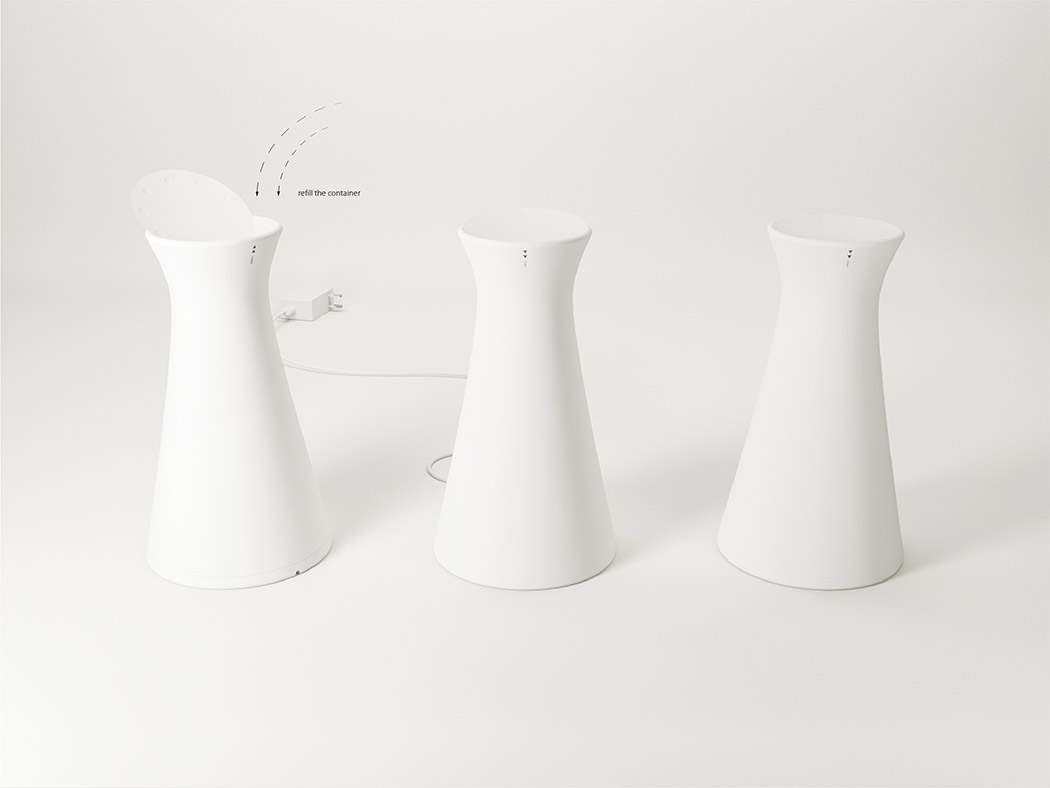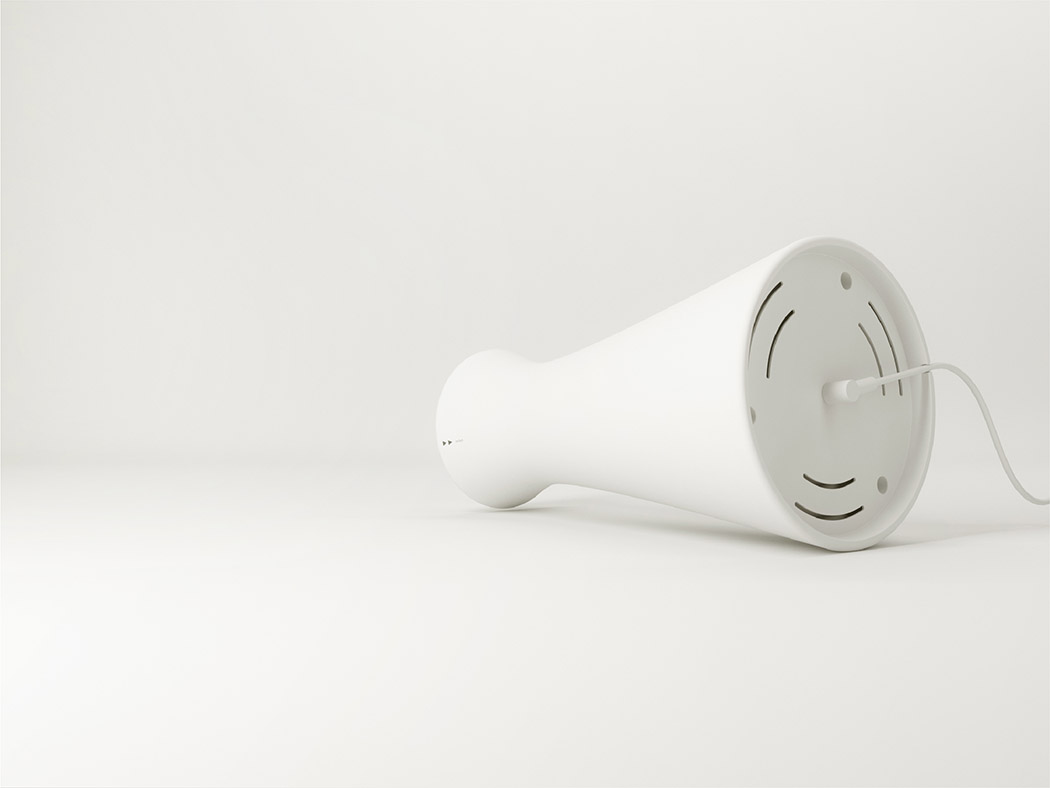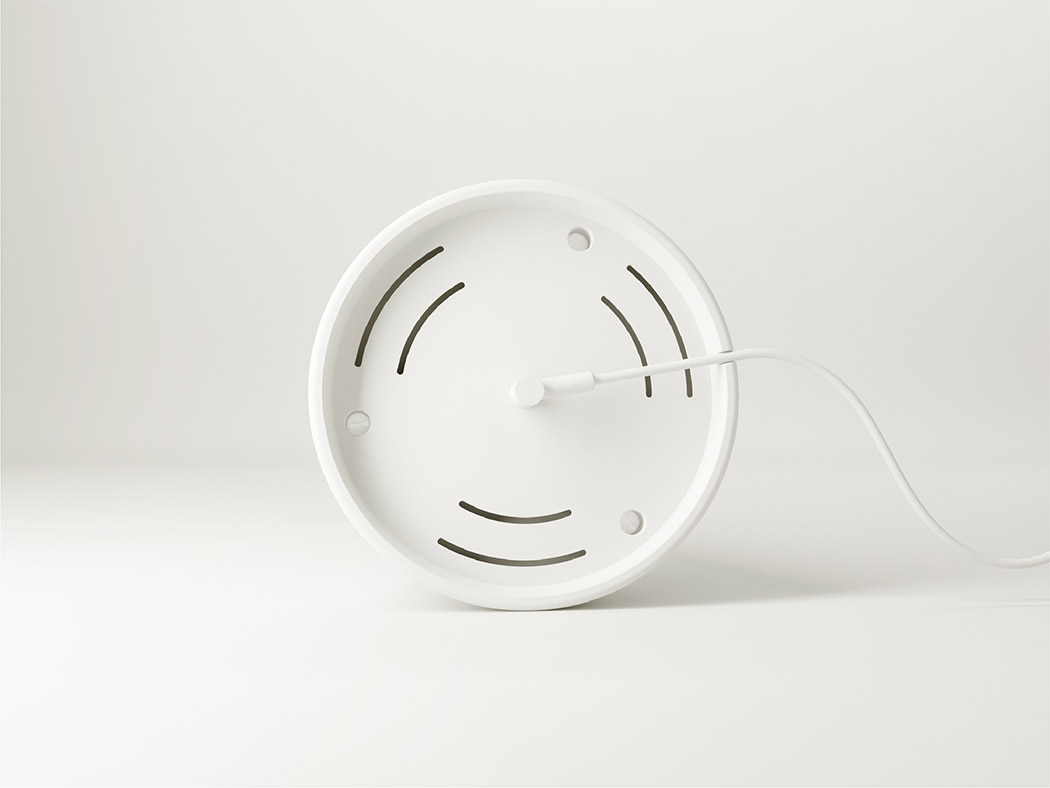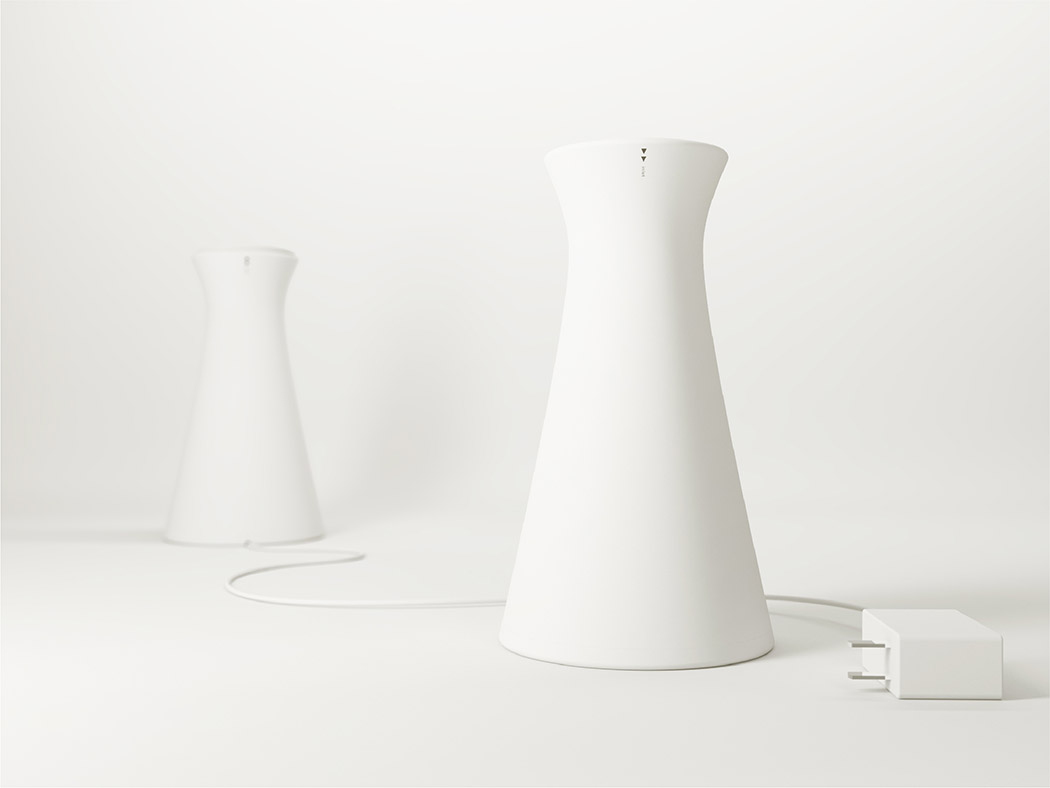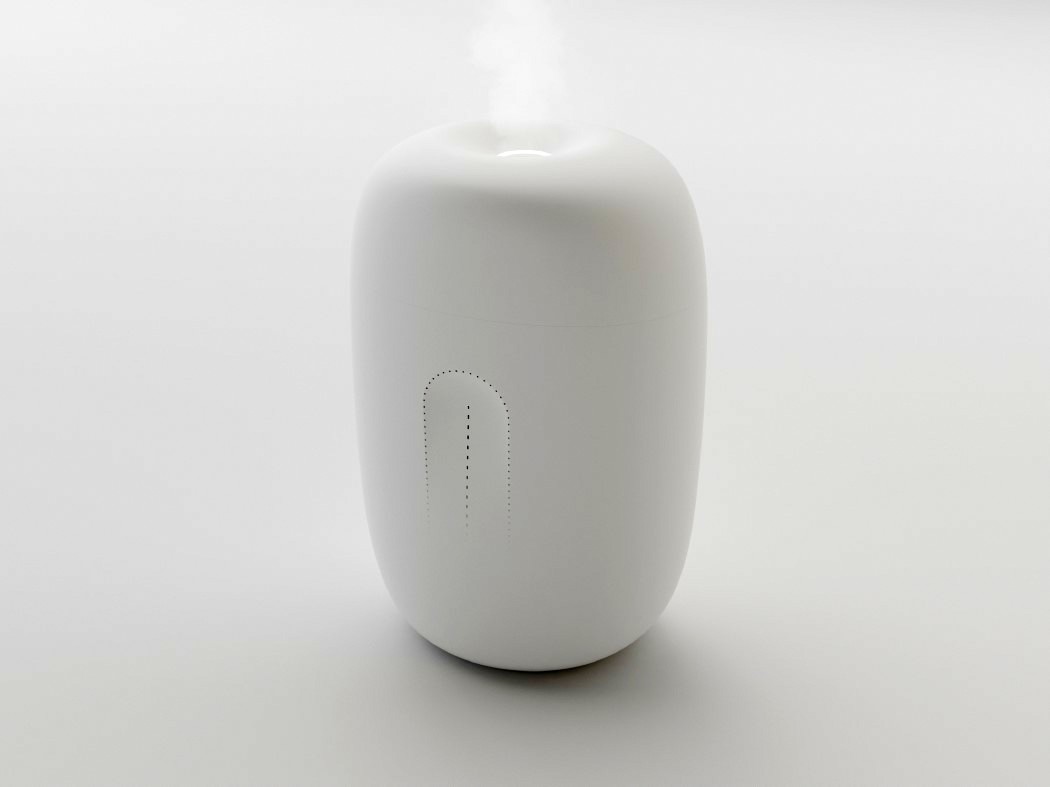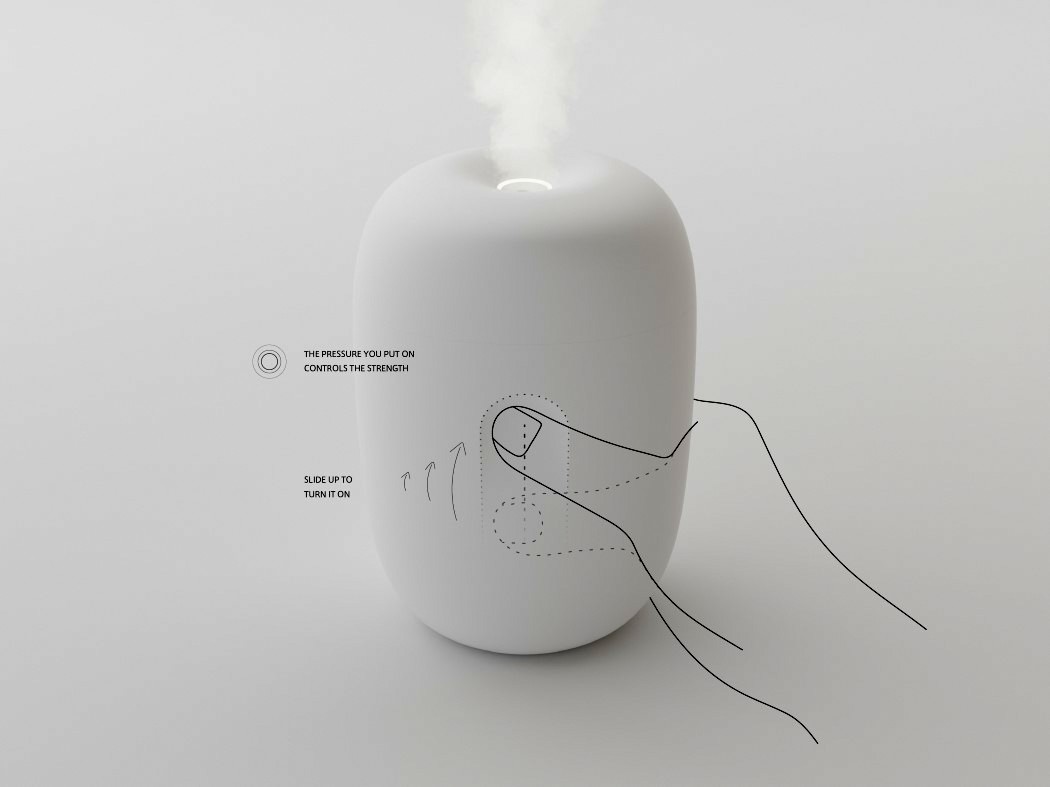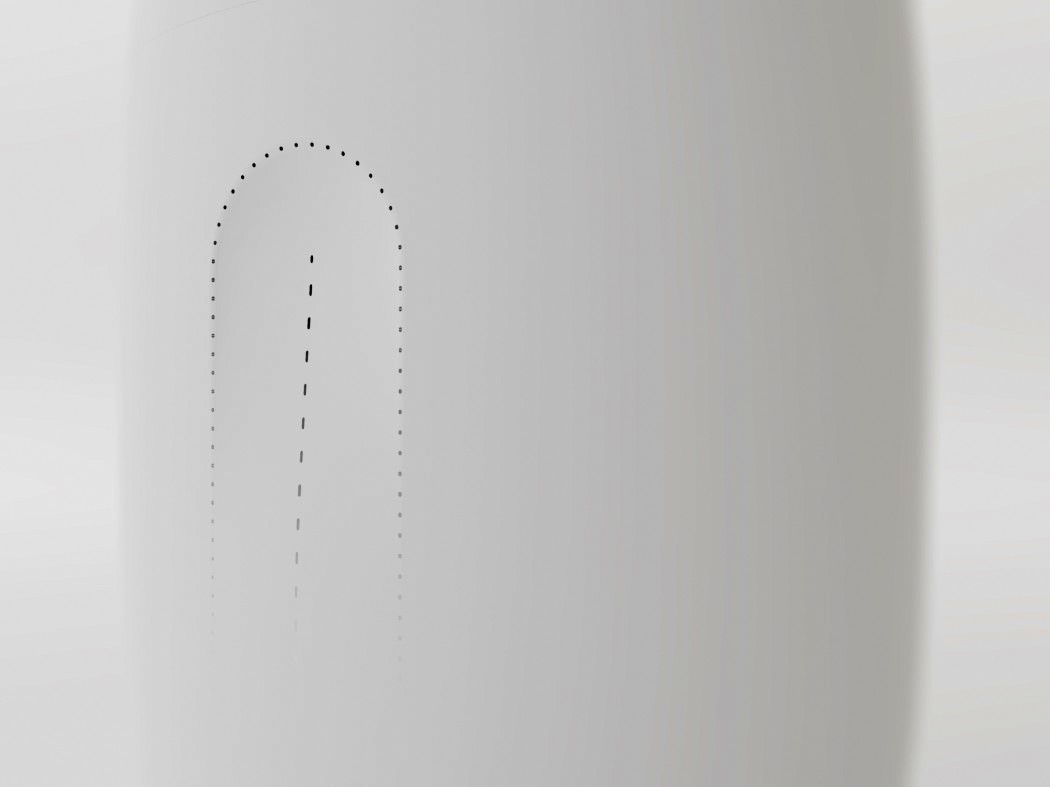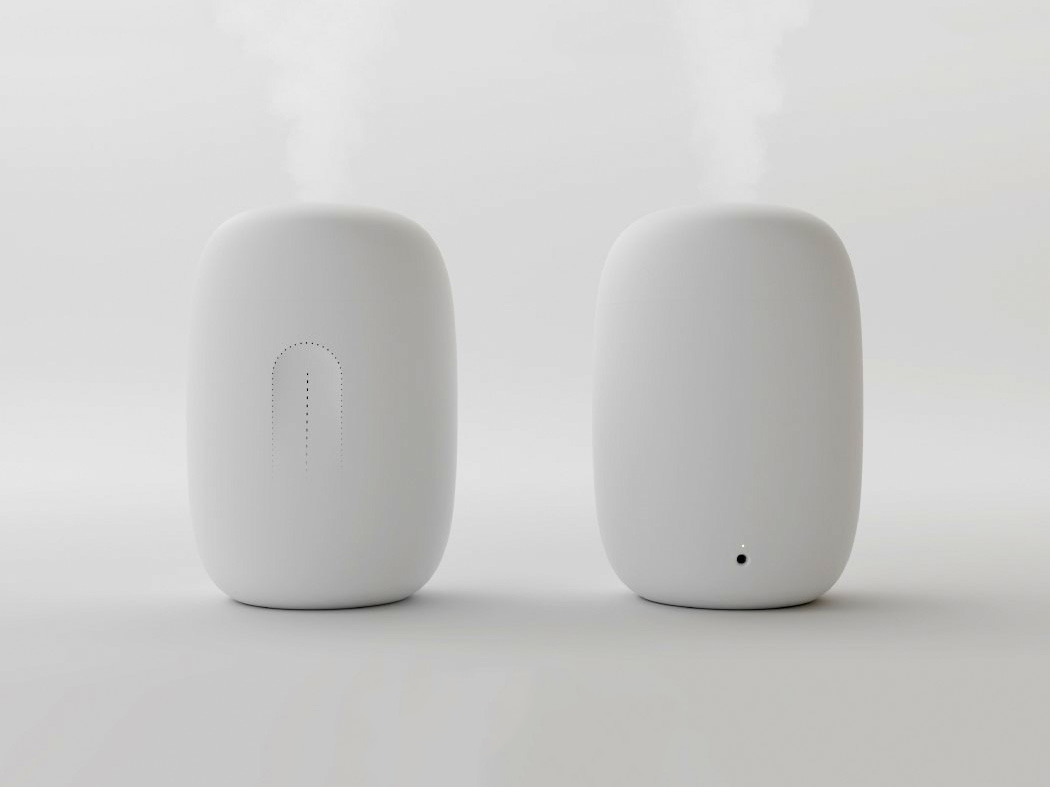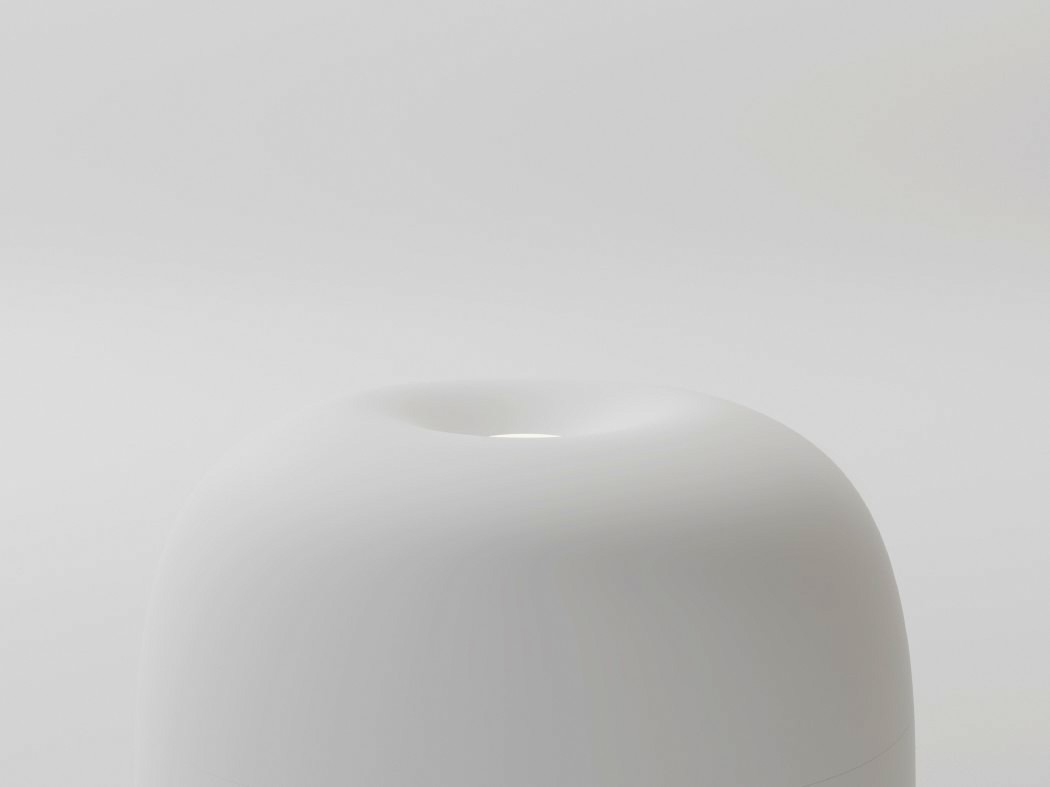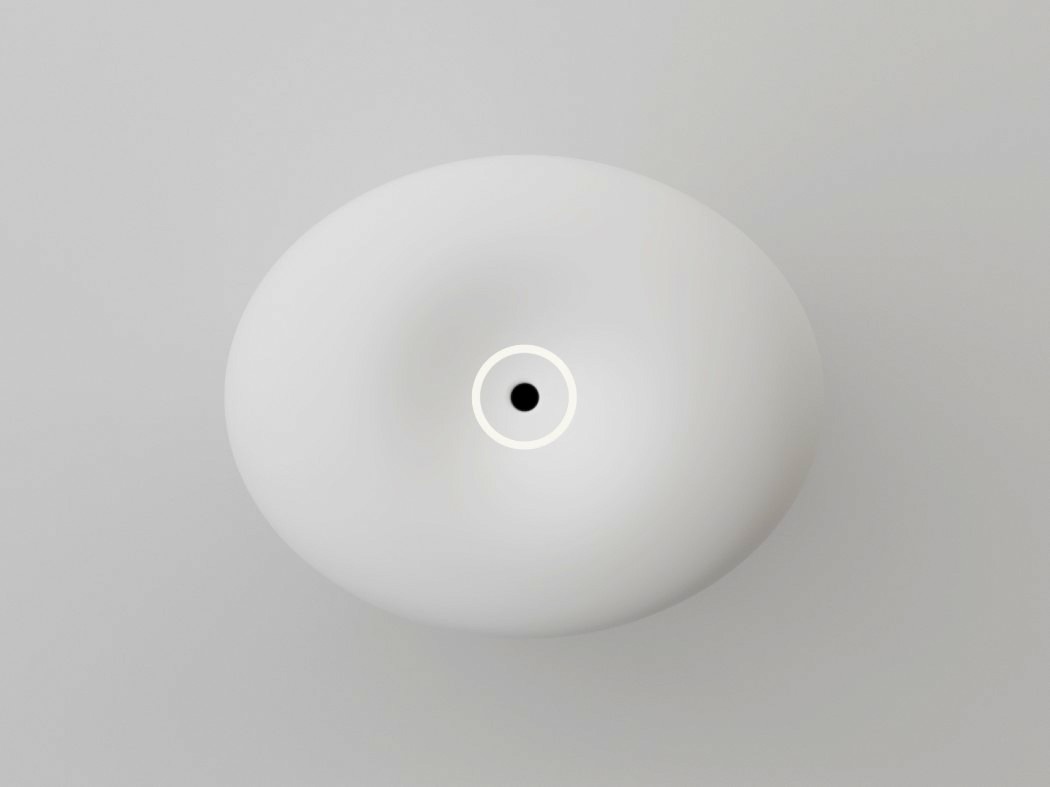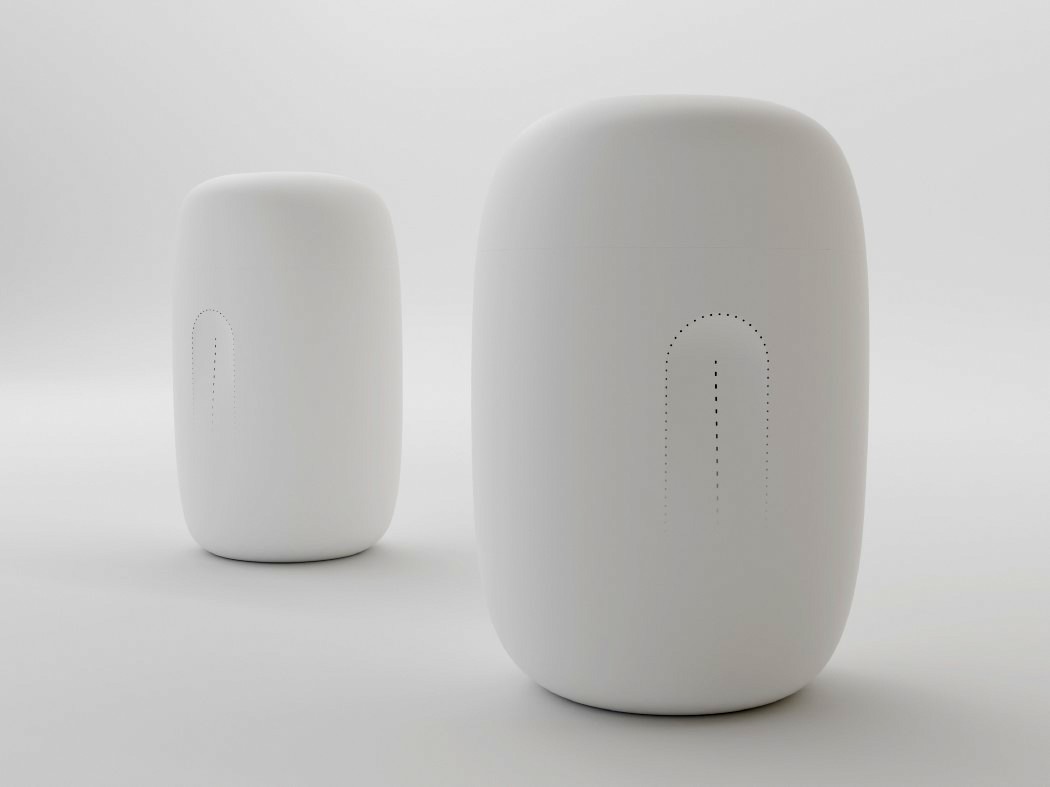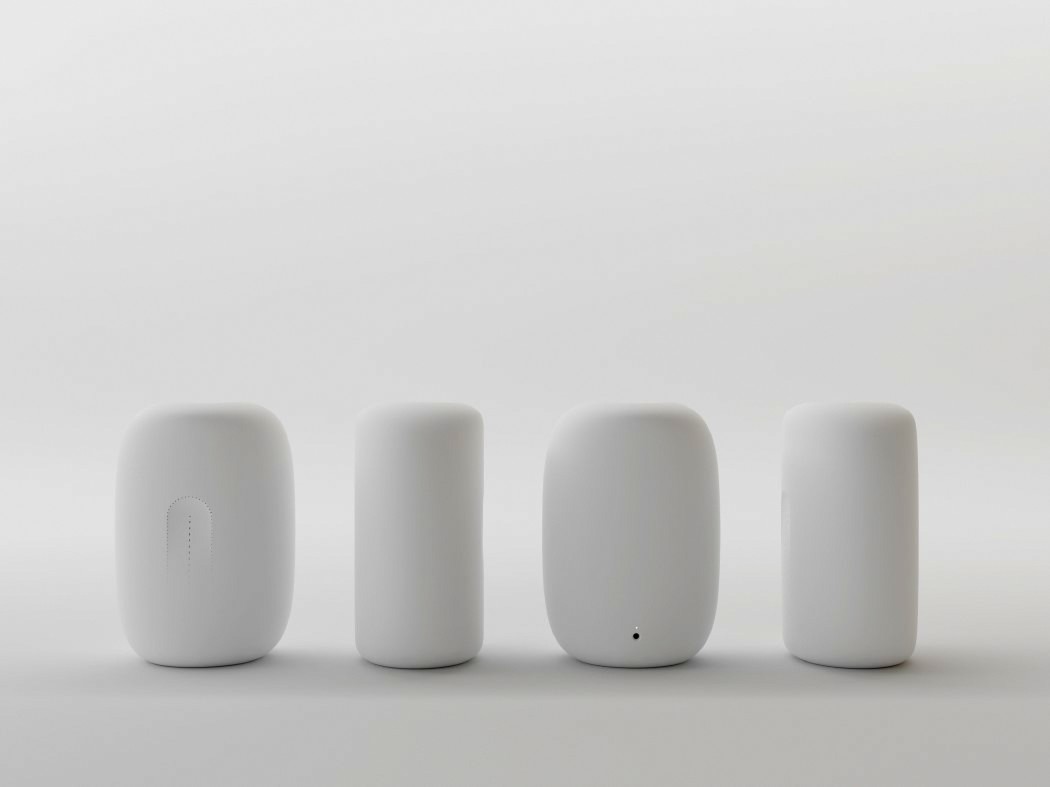The 12-hour clock is possibly the most common wall clock in the world. It finds itself in every household, on a wall in the living room or bedroom, above your television or on your bedside/study table. It breaks your 24 hours into two halves, better known as day and night. However, the 12-hour clock doesn’t tell you when it’s day or night. It just tells the time.
The Dusk will tell you the time, but through its design, will also tell you the time of the day. Sitting on your wall like any conventional clock, the Dusk’s clock face comprises two discs of polarized acrylic glass. The polarized discs rotate with time, turning darker as the polarization begins to kick in. Completing one full rotation every 24 hours, the discs go from transparent to opaque based on their orientation with respect to the polarization direction, forming an ever-changing canvas behind the hour and minute hands to tell you much more than just the time.
Transparent/light during the day, and turning dark around sunset, the Dusk clock tells you the time while hinting at the am/pm too, using light and dark colors to indicate the color of the sky at the time of the day. While it tells the time like most conventional clocks, it acts almost as a window into the outside world, letting you visualize the sky going from dawn to dusk and back… a natural phenomenon in an unnaturally beautiful and simple timepiece!
Designer: Lu Yicong
Click here to Buy Now: $60.00
The dimension of Dusk is bound to the Golden Ratio. So common throughout nature’s form – ferns, flowers, seashells – the harmony of the Golden Ratio arises from its unique capacity to connect individual parts of a whole so that each retains its own identity and yet blends into the greater pattern of a single whole.
Click here to Buy Now: $60.00
